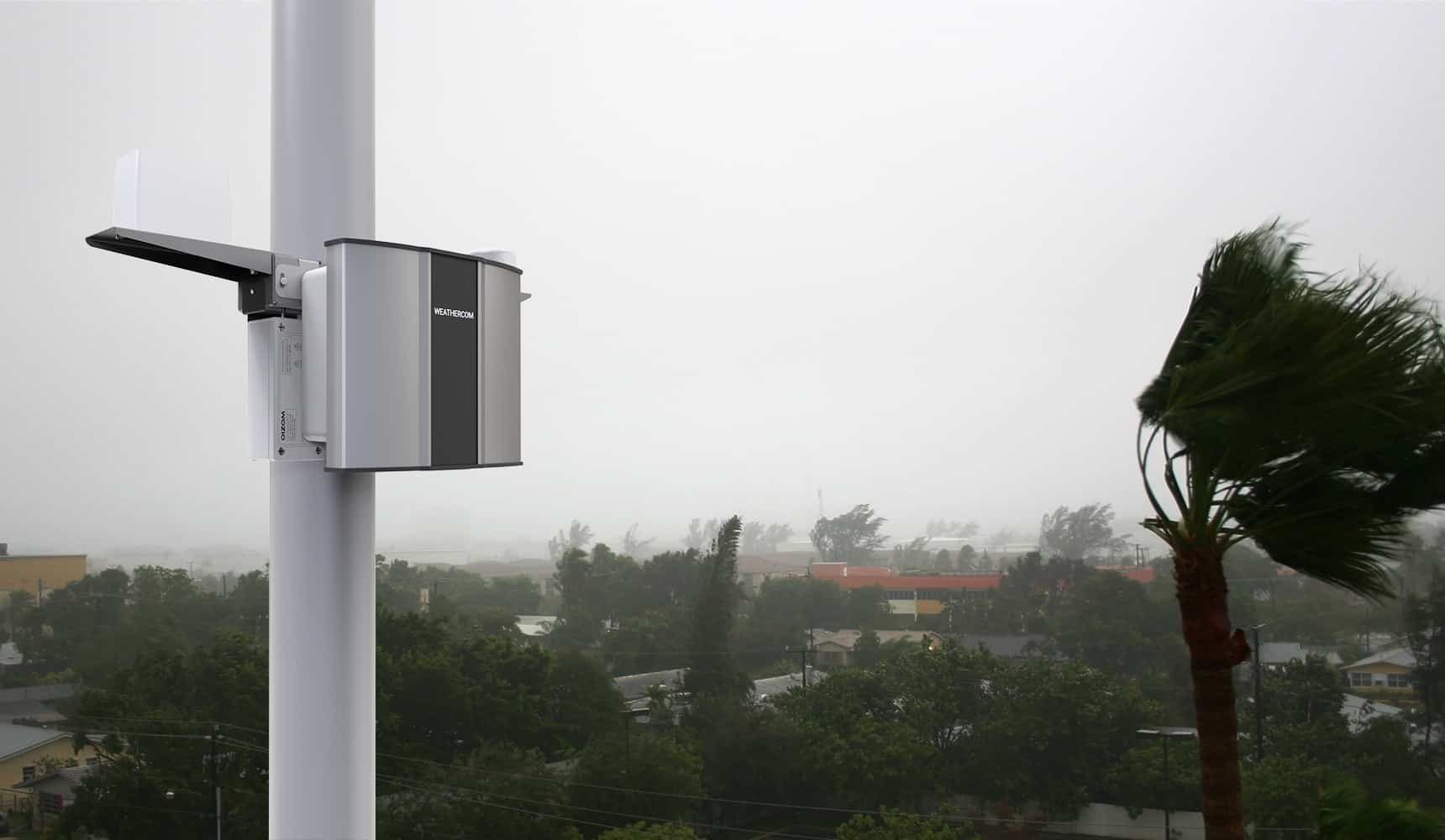The environment has often been personified as a dynamic and giving creature. It keeps changing, night and day, summers and winters, dust and the wind, everything has a somewhat unpredictable cycle. Back in the earlier days, many scientists and researchers had figured out a pattern, has figured out the weather and the changes in environment, which is what we grew up reading about in our books.
However, as the population is increasing, trends are changing, technological innovation is taking place and industrialization is spreading, the existing weather trends, which primarily effect the entire environment, are changing. Earlier there was a clear distinction about the months where each season would fall in a particular region, yet nowadays, it is seen that it has been taking a turn, the seasons are the same but the timings aren’t.
Moreover, many other natural yet harmful weather phenomenon like cyclones or tornados have been occurring at an increased frequency and in those cases, preventive action is needed. But you might wonder, who figures out this dynamism in the weather, its impact on the environment as a whole and warns us against any upcoming harmful weather cycles? Well, it is the group of people that work day in and out at automatic weather stations.
What is an automatic weather station?
First, we need to understand what a weather station primarily is. Well, like the name suggests, it is a set-up based on either land or sea, depending on the geographical location which is used to study, monitor and understand the weather. It is such weather stations that make weather forecasts and are responsible for any weather news that you receive in advance. They measure the temperature, the wind movement, the humidity and the atmospheric pressure.
Various instruments like thermometer and barometer are used at a standard weather station.
Detailed overview…
Now an automatic weather station is a more updated and modernized take on traditional weather stations. Here, human labour is hardly required and all work is done using electricity and equipments. So, there are multiple sensors present to understand meteorological patterns and elements which are then converted into electrical signal by these sensors. After this, the main component of an automatic weather station, a Data-logger comes into play. It receives this data, processes it, stores it or sends it ahead as per the setting or need of that particular station. Basically, it is the used of advanced technology for real-time and accessible quick work.
Moreover, earlier it was mandatory to have Automatic weather stations in only those places where there were enough electrical and communication lines. However, today, modern-day options like Oizom’s Weathercom are available with solar panels, for anywhere anytime weather station monitoring. Afterall, an automatic weather station relies mostly on the local commercial power grid or on solar power as backup.
What to look for?
1. Coverage
A right weather station should be capable of covering, measuring and understanding all weather elements and phenomenon, right from the basics like temperature to advanced ones like UV-radiation. It is better to have one go-to solution and have one structure built rather than running around behind multiple options.
2. Durable
You need an automatic weather station which is built to be weather proof and long lasting. It is a long-term investment that you want to see sustain and give results for a long period of time. Along with that, it should be highly compact and light-weight to allow for any changes of location or repair. Infact, go for highly-graded engineered metal with a IP65 graded closure and your weather station will be in good hands. This is needed, as without durability, the weather station would not last in any extreme weather conditions that might arise in any location.
What are the uses of an Automatic weather station?
1. Preventive action
Weather accidents and events have been happening at a higher frequency than ever before. Be it road accidents due to say heavy snowfall, life loss due to earthquakes or battling floods, the weather and natural elements are as dangerous during these times and they are useful in our daily lives. Hence, weather forecast and interpretations are needed to find out about future possible weathers to take precautions and have a strong stand against natural hazards. To know about disasters in advance is always a victory.
2. Agricultural development
If we look at professions across the world and their different input needs, agriculture is one vital profession that relies highly on the weather, be it the wind, the rain or the sunlight, each agricultural development has a separate requirement and is accordingly cultivated in regions. Farmers need weather data given by weather stations to decide on the cropping pattern, procure additional inputs or be prepared for any discrepancies. This way, better crops are cultivated, resistance against hazards is formed and the farming industry as a whole gets a boost.
3. Building a database
As an automatic weather station collects all weather information on a real-time bases and stores it easily in an accessible form, it builds a long-term database for researchers, scientists and topologists to access. This helps them in building quality content about the changes the world climate is facing and inform the people about the same. Without weather stations, recording information would have been difficult. You can also use comparative statistics to differentiate between regions on meteorological grounds at a glance while sitting indoors as well.
Wrapping up!
With weather stations gaining importance, it is necessary for everyone to know how they work and their importance, especially when automatic weather stations can also be built personally or by individual households to keep oneself aware and secure.
Infact, this is also where one should know how all traditional weather stations have to be replaced by this modern day twist to increase effectiveness and efficiency, by lowering costs, lowering delays and increase data collection.

